Photographs by Gary Singh.

The beaches of Rimini were deserted when I arrived to write my story. From the waterfront road, I could wander down any short side street and then pass through abandoned play lots, vacant volleyball courts, rows of empty changing facilities, shuttered beach bars and cordoned-off areas normally packed elbow-to-elbow. The tourist season was long gone, most of the waterfront was shut down and I felt like the only one around.
As I opened a waist-high wooden gate and then walked onto the beach, the desolation was inspiring. Empty sand stretched across the horizon, from left to right, as the metallic blue of the Adriatic Sea washed over the beach, only to recede, and then repeat. Slowly. Patiently. The sea was not in a hurry. It had nothing but time.
A dismal overcast sky harmonized the scene, reminding me of a Fellini quote: “You always need an excuse to set off on a journey. In the same way you need an excuse to start a film.”
I’m not even sure I agreed with that quote. Yet it came to me, right there on the beach in Rimini, Fellini’s hometown.
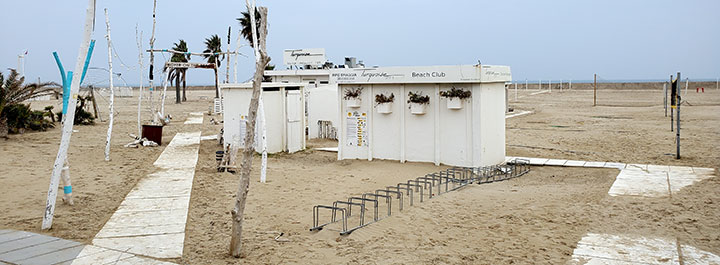
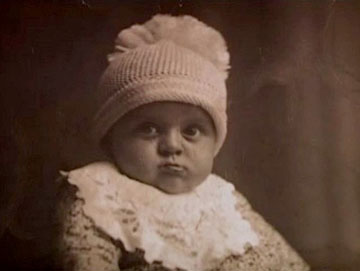
The son of a traveling salesman, Federico Fellini was born in 1920. He won five Oscars, four for Best Foreign Language Film, and the last one, in 1993, for lifetime achievement. He passed away later that year.
The port area of Rimini, and the Adriatic in general, inspired a multitude of imagery in Fellini movies, playing a significant role in his cinematic art, even though he never actually filmed a single scene here. He reconstructed everything in the studio, most often at Cinecitta in Rome.
Standing on the sand, I saw only a few footsteps from other people since the whole area was empty, but the presence of those footsteps spoke volumes. I Vitelloni, an early Fellini film from 1953, included a few scenes from this beach. Roughly translated as slackers, layabouts or bored provincial slobs, the vitelloni were dudes that loafed around, engaged in petty crime and squandered all their potential.
The sand reappeared in La Strada. Nowhere was Rimini specifically mentioned, but the film began and ended on the beach. Anthony Quinn’s emotional breakdown in the sand went down in history as one of the most dramatic scenes in all of Fellini’s oeuvre. I could not walk in the sand, here on this beach, in Rimini, without that scene entering my head.
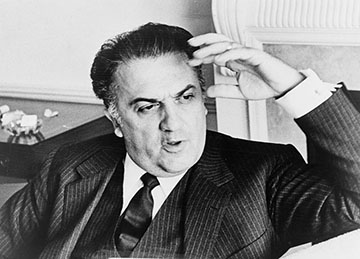
As I stood there watching the Adriatic roll over the sand, I also heard Nino Rota’s trumpet motif from the La Strada soundtrack. It wouldn’t leave my head. One of the greatest film composers of all time, Rota was better known for the Godfather soundtracks, but he was also one of Fellini’s most dedicated collaborators. He wrote the music for almost every Fellini film, many of which featured the sea as a backdrop, a character, or a minor role.
Of course, I couldn’t leave out Amarcord from this walk along the beach. More than any other Fellini enterprise, Amarcord depicted childhood memories, family squabbles, friendships and various eccentric characters all over Rimini during the fascist era, including important episodes on this very beach. In one of the film’s most memorable scenes, this beach is where the townfolk came out to worship the Rex Ocean Liner, pride and joy of the fascist regime, as it sailed past the port. Even if the version of Rimini depicted in the film was entirely from Fellini’s head, Amarcord to this day continued to saturate the entire Rimini area.
With Fellini, one could never tell if his material was wholly autobiographical, if characters or scenes were based exactly on his life, the antics of his pals, or if he just made everything up. As with any poet, it was all of the above.
Fellini Museum: Dov’è Nino Rota?
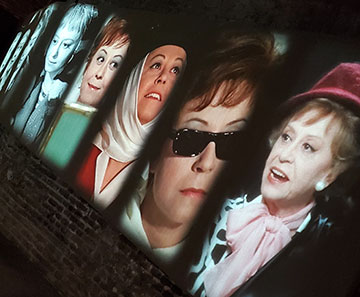
To celebrate the centenary of the maestro’s birth, the Fellini Museum was scheduled for a 2020 debut, but Covid-19 put everything on hold. The museum did not open until August of 2021.
Now, two floors of Rimini’s Renaissance-era fortress, the Sismondo Castle, were filled with multimedia exhibits, demonstrations, costumes, letters, documents, videos and replications of movie sets, all dedicated to the life, work and poetic legacy of the man himself.
Upon entry, a spiral installation sculpted with various script pages descended from the ceiling in the foyer. The first room was then dedicated to Fellini’s wife, Giulietta Masina. Numerous vertical video projections graced each side of the space, all depicting Giulietta in various films and in various stages of her life. Each projection rotated through different images over and over, creating a funhouse effect. The changing video panels directed me straight to the end of the space, where I saw the ramshackle motorcart from La Strada — the actual motorcart Giulietta and Anthony Quinn used in the film.
Due to her superb performances in Nights of Cabiria and La Strada, Giulietta was a major reason why Fellini won his first two Oscars. Especially in those two movies, Giulietta portrayed characters from the backwater countryside and gritty underbelly of Italy in 1950s, allowing Fellini to highlight people and environments normally ignored by society. The curators did the right thing by making her the focus of the first room upon entry to the museum.
Up and down two whole floors, various other displays extrapolated dimensions of Fellini’s life and art. One room featured wooden Catholic-style confessional structures, through which viewer/participants could watch video interviews with Fellini, Marcello Mastroianni and several more. A huge larger-than-life statue of Anita Ekberg from La Dolce Vita was sprawled across on the floor of another space. Behind her, a monitor revealed montages from the film. Yet another space was dedicated to costumes Fellini used in his film, Casanova.

Other spaces provided video boards with various scholarly texts and books on Fellini, including one space designed to replicate Fellini’s home library. Bookshelves adorned one wall, while a few coffee tables offered books for everyone to peruse. Two video screens played a film explaining various influences on the maestro, including Jungian psychology, the I-Ching and authors like Jorge Luis Borges.
The famous Book of Dreams was featured in another room. In 1960, the Jungian psychoanalyst Ernst Bernhard encouraged Fellini to write and draw his dreams. The result was an incredible diary full of writings, drawings, colors, erasures, playful fantasies and unspeakable fears. Fellini’s process of internal excavation, a constant dialog with his inner life, proved fundamental to his journey from the 1960s onward, as he dove into the works of Carl Gustav Jung. Beginning with 8 1/2 and Juliet of the Spirits, Jungian psychology played a major role in Fellini’s artistic experience, although the seeds were present in his earlier films.
Sonic-wise, the museum was loud in all the right ways. Each exhibit bled over into the next one. From the start, Nino Rota’s main melodic theme from La Strada carried throughout the castle. As I moved up the stairways and passed through subsequent displays, I could hear it the whole way through, coming in and out, as if that film penetrated everything else. The tune was already in my head before I even entered the museum. And there it was again, everywhere.
Rota’s music played an integral role in Fellini’s career. The two were inseparable. As soon as you heard a typical Rota motif augment a particular scene or character, you just knew you were watching a Fellini film. Even people with no musical knowledge have pointed this out.
On that note, I was disappointed to see nothing in the museum dedicated to Nino Rota. I even wrote in my notebook, “Dov’è Nino Rota? Where is he?”
Fortunately, though, there was indeed a separate section of the museum dedicated to the late Tonino Guerra, the renowned poet and screenwriter who worked with Fellini on Amarcord and a few others. Guerra was Fellini’s age and grew up in the nearby village of Sant’Arcangelo. As a poet, he wrote simple verse in the Romagnolo dialect, hardly any of which has been translated into English. His screenwriting career, which spanned 50 years, led him to work with some of the giants of European cinema. He cowrote many of the classic Antonioni films — L’Avventura, La Notte, L’Eclisse, Red Desert, Blow-Up and Zabriske Point — and also worked with Tarkovsky and Angelopoulos. He won lifetime achievement awards at several different festivals.
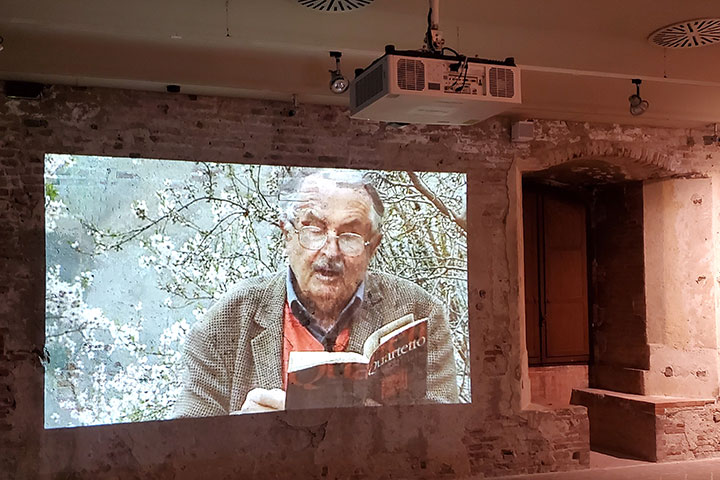
It was for Amarcord, especially, that Guerra came to collaborate with Fellini. Together, they first wrote the book, then the script, although Guerra is hardly mentioned in the voluminous decades-long analysis and discussion of the film. Fellini gets all the credit. It was refreshing to see the contents of the Tonino Guerra Museum in Sant’Arcangelo — Nel Mondo di Tonino Guerra — temporarily relocated to the Fellini Museum. One can watch video interviews with Guerra and view his visual art and ceramic sculptures, in addition to his poetry.
Follow Your Own Footsteps
In Rimini, a massive amount of work was done to document every possible structure all over town, every street or every plaza that had anything remotely to do with Fellini. There were lists, addresses, and lists of addresses. It went on and on. One could choose however many footsteps to follow, if one was into that kind of thing.
For starters, I popped into the lobby of the Grand Hotel, the property featured in Amarcord. It was open for all to see.
In a 1967 essay titled, “Rimini, My Hometown,” Fellini wrote about the eccentric characters and experiences of his youth. The whole essay is essentially a blueprint for Amarcord, including extensive childhood memories of the Grand Hotel.
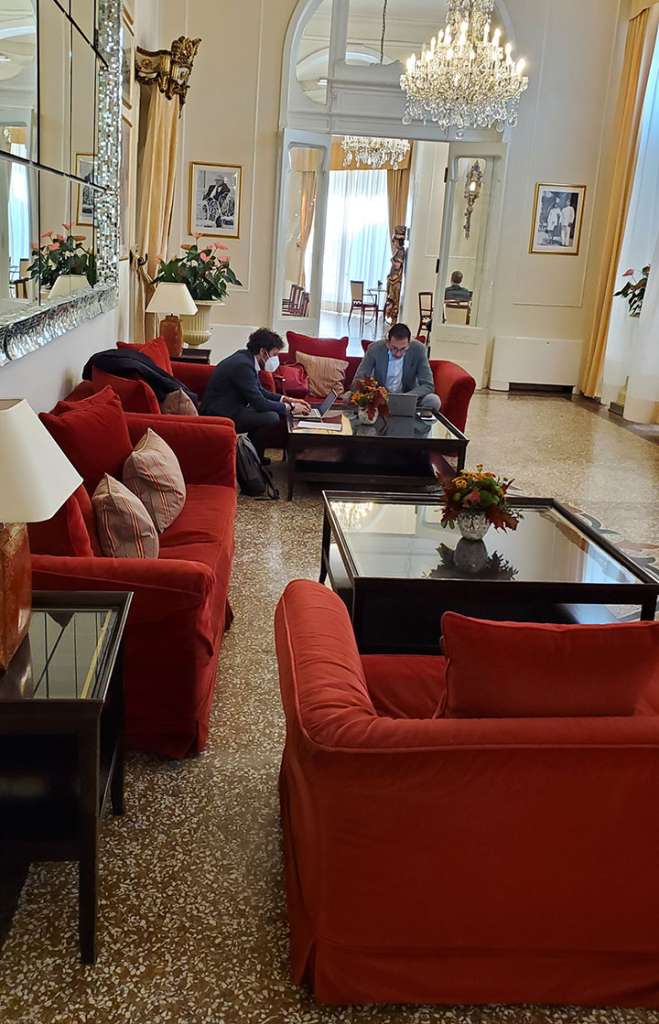
“We would roam around it like mice, trying to get a glimpse of the inside,” he wrote, adding several hundred more words about the property’s mystique, its allure, its exotic wonders. One day, he finally did get inside, noting a smell of wax polish, as there was in the cathedral on Sunday mornings. It was silent and peaceful like an aquarium. “Then gradually I saw sofas as big as boats, armchairs bigger than beds, the red strip of carpet slowly curving up the marble steps toward the gleam of colored glass; flowers, peacocks, snakes, luxuriously interlaced, their tongues intertwined; from a dizzy height, miraculously suspended in mid-air, hung the biggest lamp in the world.”
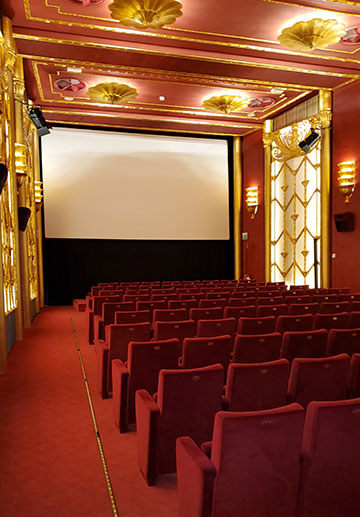
Every time Fellini came back to Rimini, he stayed in room 315, which is now a highly requested room with a balcony facing toward the sea.
After the Grand Hotel, another spot demanding my attention was the newly restored Cinema Fulgor, also a masterpiece from Fellini’s youth, although when the young Federico first discovered the place, it was hardly the opulent attraction it is now. It was a “warm sewer of vice” he wrote. The experiences of Fellini and his friends in this theater inspired the notorious scene in Amarcord where Titta tried to put the moves on Gradisca as she obsessed over Gary Cooper on the screen.
The real-life Cinema Fulgor had long since fallen into a sad state of disrepair until just recently. Now it constituted a separate annex of the Fellini Museum. Inside, red velvet seats complemented lavish gold trimmings. The seats were comfortable, impossibly comfortable. I didn’t want to get up.
Any degree of Fellini ghost-stalking eventually led one over the Tiberius Bridge, en route to Borgo San Giuliano, Rimini’s historic quarter, the village where parts of Amarcord took place. Formerly a gritty rundown fishing village, the Borgo was now transformed into a civic pastiche of dreamlike murals featuring characters from Fellini films. The houses were fixed up. The facades were vibrant and colorful. The Festa del Borgo San Giuliano erupted every two years, attracting tourists from all over Europe.
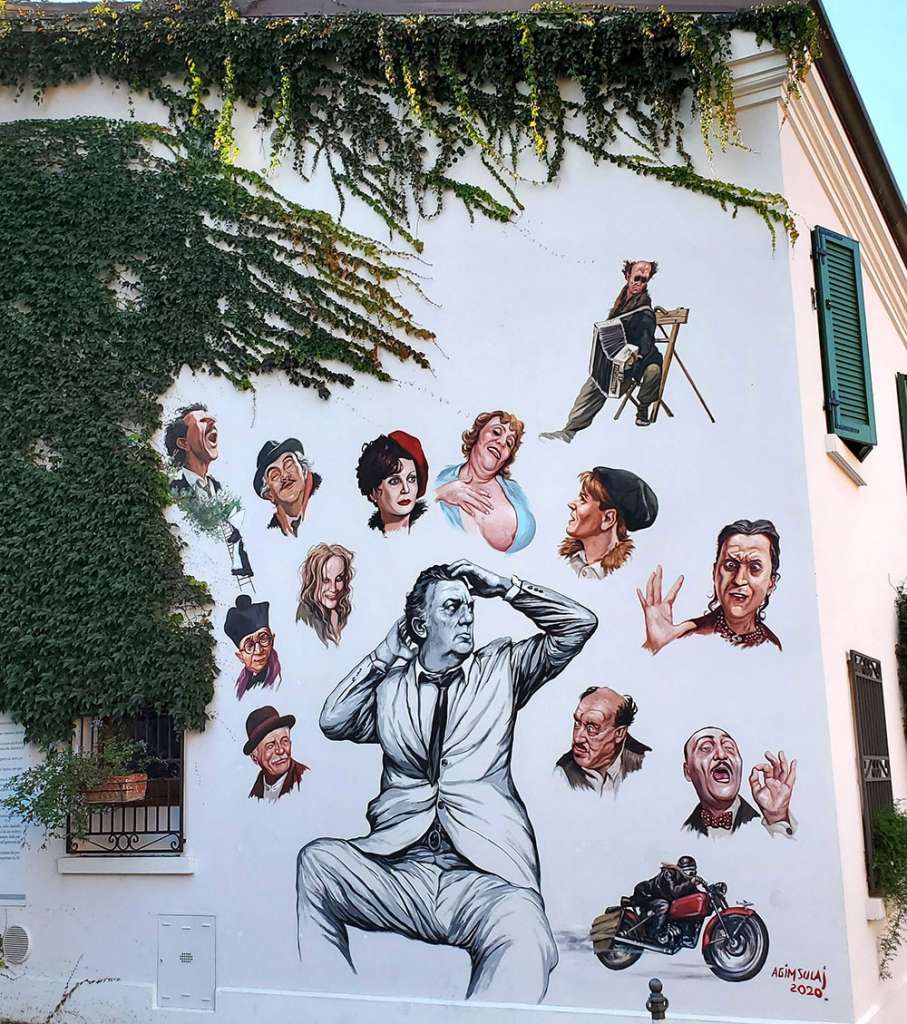
The Tiberius Bridge itself was a masterful structure built by the Romans 2000 years ago. During World War Two, the Germans destroyed many of the bridges in Rimini, but for whatever reason they were not able to take out the Tiberius Bridge. These days, many Roman bridges remained throughout the land, but the Tiberius Bridge was one of only a few still used for everyday traffic.
After Fellini’s funeral in 1993, his casket arrived in Rimini, where thousands gathered throughout the streets for the motorcade. The procession eventually passed over the Tiberius Bridge.
If one was going to walk in the footsteps of Fellini, the journey necessitated a walk in the footsteps of his funeral. As I took a nighttime stroll across the bridge, the blues came over me. The sky was turning into a deep, dark azure color, as was the Marecchia River. I stood there for quite some time, just watching the pedestrians amble in front of me.
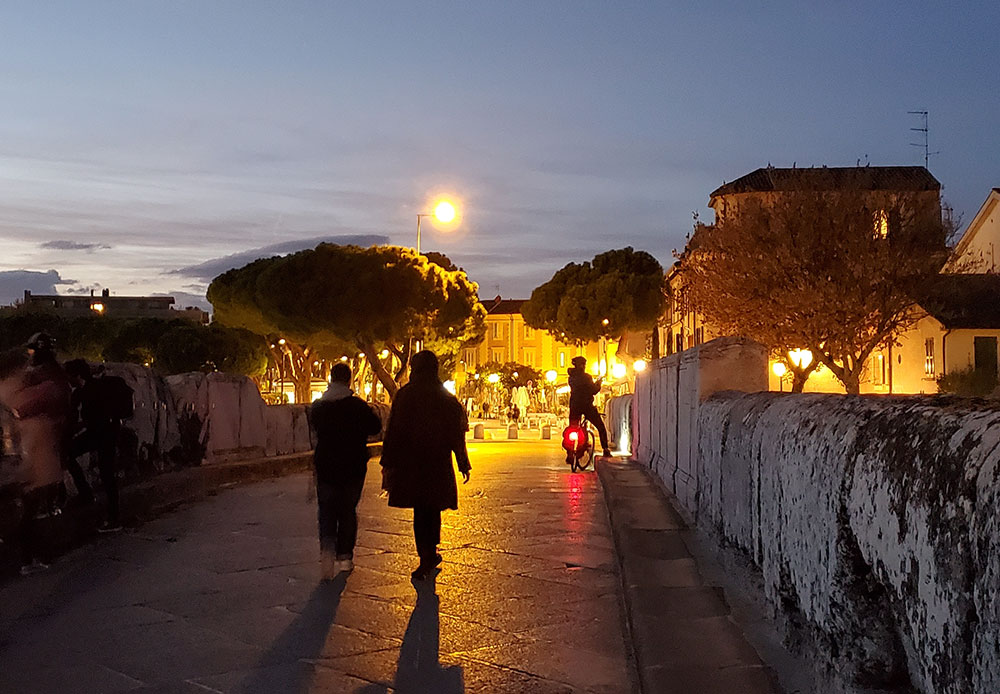
Elsewhere in town, I slithered in and around numerous other Fellini-related locales, so much that it became overkill. If anything, all poets and novelists can learn from Fellini, in terms of how to properly fictionalize childhood memories and then transform them into usable material.
The following morning, I headed back toward the beach, although I took a circuitous route. Instead of heading along the canal and right up to the channel harbor, I crossed the center of town, navigating cobblestone pathways past the main shopping district of handbags, banks, cafes, outdoor seating and gelato joints, and then straight past the other side of the train station, so that I could arrive at a more southern portion of Viale Regina Elena, the road running parallel to the beach.
Much of the commerce along Regina Elena was shut down since the tourist season was over. The street was devoid of traffic except for a few construction workers or city employees wearing fluorescent orange and yellow work jackets. Only a few restaurants remained open, along with immigrant-owned corner markets and trinket shops.
Old hotels and new hotels alike, hundreds of them, remained closed for the upcoming winter season. They stood along the road and the maze of side streets, forming a complex patchwork of emptiness. Small handfuls of locals wandered around, happy to conduct their business during the quiet part of the year.
But I was not traversing the beach district for the commerce. I was here for 26 different streets renamed after Fellini films and screenplays. Each was a tiny side street that ran perpendicular to the beach, between the main road and the waterfront.
Oddly enough, many of the streets were formerly named after composers, but had long since been renamed after the maestro himself. Via Johann Strauss was now ia La Dolce Vita. Via Mozart was now via I vitelloni. Via J.S. Bach was now via Le notti di Cabiria. Who needed Bach and Mozart when you could name streets after the town’s most favorite son? As a result, one could literally walk through the entire film career of Federico Fellini over the course of a mile or so. What a concept.
Back to the Beach
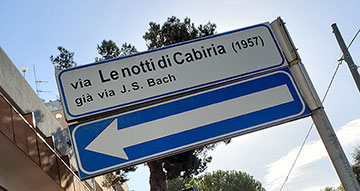
Continuing on Viale Regina Elena eventually put me right back at the Grand Hotel, where a nearby street was renamed after Giulietta Masina. There seemed to be a collective effort to acknowledge Giulietta, not just Fellini. And rightly so.
All this time, the sea was only a few moments away, and since La Strada, 8 1/2 and La Dolce Vita all concluded on the beach, I headed right back to the sand one last time. The entire beach remained empty and desolate, although the sun was now overhead in the sky, so I could see at least a few other people way off in the distance.
On the sand, I did not collapse like Anthony Quinn at the end of La Strada. Unlike Marcello in La Dolce Vita, I did not project my failed journalism career onto a dead sea monster and there was no blond woman trying to save me. There was only the clear metallic blue of the Adriatic Sea. I could only imagine the stories it held.
Something about the Adriatic seemed different than other bodies of water. I couldn’t explain how, but I could see why it left such a mark on Fellini.
The Rimini of today didn’t even resemble the imaginary version Fellini depicted in his films, but maybe it served as a lesson. A reminder. A testimonial to how a genius could process his childhood trauma, run tests in the laboratory of his inner self, fabricate whatever components he needed, and then use it for creative purposes, all while continuing to dream.
Everything from my trip came spiraling back to the present moment. The theme from La Strada. The murals of Borgo San Giuliano. Giulietta’s likeness across 20 hanging video panels. The poetry of Tonino Guerra in Romagnolo dialect. Those red cushy seats at the Cinema Fulgor. All of it, together, formed a matrix and danced around me, just like at the end of 8 1/2.
I even heard Fellini from the great beyond, applauding me, encouraging me from his grave.
“End the story on the beach,” he said to me. So that’s what I did. I took one last look at the deserted surroundings. Then I turned around, left the sand, and went back out the wooden waist-high gate toward the road.
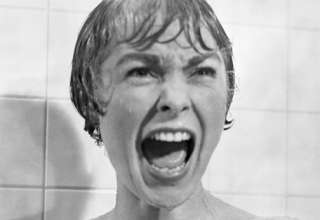
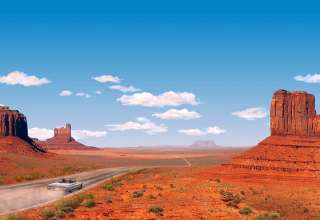
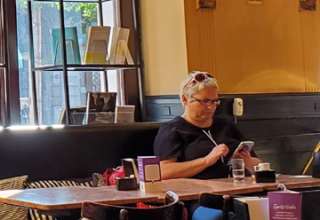
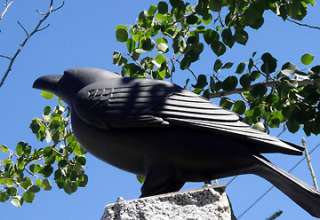
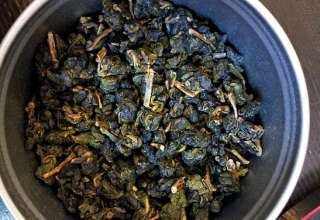




















James
November 17, 2021 at 9:23 pm
Thanks for bringing an important bit of Italy, of Fellini, back with you. Rimini is on my wish list, along with the usual, over touristy parts like Milan and Florence. But, first, perhaps I need a walkabout to the birthplace of my relatives – somewhere South of Cosenza, North of Catanzaro.